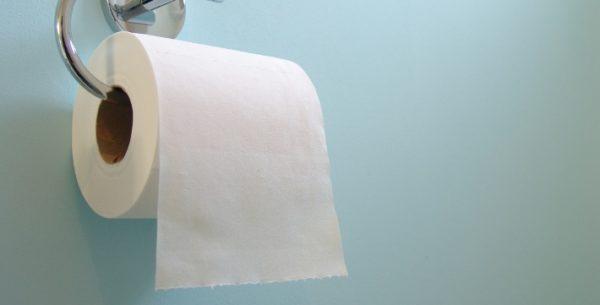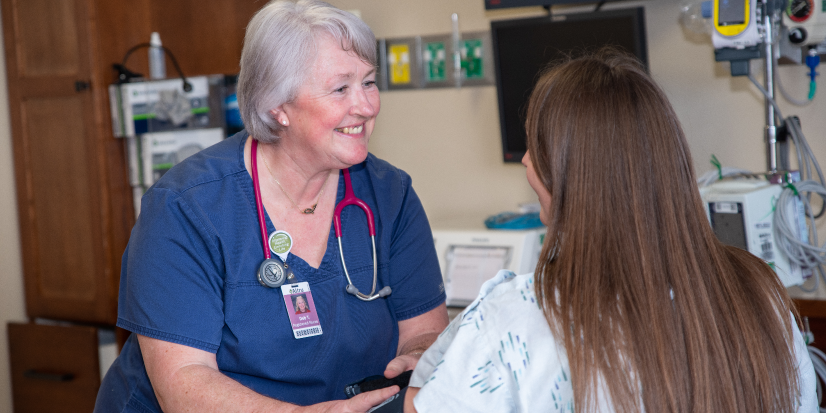
Poop. There, we said it. It’s not a fun thing to talk about, but if we are healthy, our poop should be, too. Let’s move beyond the awkwardness and into the important stuff. Here’s what you need to know to make sure your digestive health is in tip-top shape.
What Is Poop?
Bowel movements consist of dead cells, fiber, and bacteria. Nutrients from the food we consume are absorbed into the bloodstream. The rest is discarded.
So, How Often Should You Poop?
Most people should have bowel movements between once a week and up to three times per day. The frequency and consistency of bowel movements combined with other symptoms such as abdominal pain, urgency, or even bloating can be a sign of illness.
What Does a Healthy Bowel Movement Look Like?
The texture should be similar to toothpaste consistency—not too hard, not too soft. A stool that is too watery may mean you are not absorbing water or nutrients, which should be discussed with your doctor.

Seeing the Rainbow?
It’s important to pay attention to the color of your bowel movements. Like the famous emoji, healthy poop should be a medium shade of brown. Here are some colors to watch for:
- White or gray: you could be having a problem with your pancreas or gallbladder.
- Bright green: leafy greens (or artificial food coloring) can make your stool appear green.
- Black: could indicate dried blood higher up in the digestive tract. Consult your doctor.
- Red: blood in the stool is abnormal and should be brought to your doctor’s attention.
- Food in your stool: it is normal to see undigested food, such as corn, in the stool from time to time.
Happy Bowels
For happy bowels, remember the four Fs: fiber, fluids, flora, and fitness. Eat plenty of fiber, stay hydrated by drinking water, consume foods such as white potatoes, vegetables, and dry beans that support the growth of good bacteria, and move your body daily.
New areas of research are showing how what we eat and how we exercise can determine if we have healthy bacteria in our colons. Unhealthy bacteria can lead to obesity, diabetes, depression, and even Crohn’s and Ulcerative Colitis.
If unusual colors, patterns, or pains persist beyond a day or two, call your doctor. The experts at Altru’s Gastroenterology Clinic specialize in the prevention, diagnosis, and treatment of disorders of the liver and digestive tract, including the esophagus, stomach, pancreas, gallbladder, small intestine, and colon. We work with you to develop the best care plan to maintain good health.







